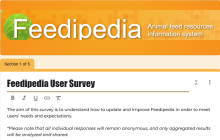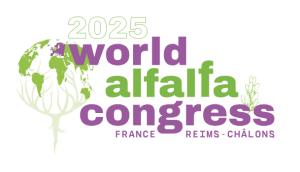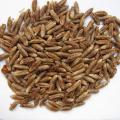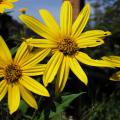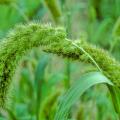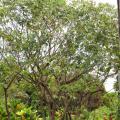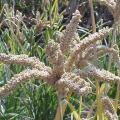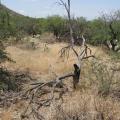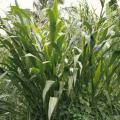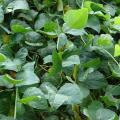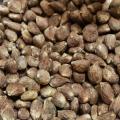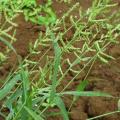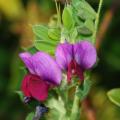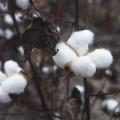Feedipedia news
After 13 years, it is time for the website to be upgraded! Before we start, we need your input.
Explore Feedipedia
|
Date seeds are the by-product of date stoning, either for the production of pitted dates... Read more |
The Jerusalem artichoke (Helianthus tuberosus L.) is an erect, rhizomatous... Read more |
Foxtail millet (Setaria italica (L.) P. Beauv.) is one of the oldest cultivated... Read more |
|
Manicoba (Manihot carthagenensis subsp. glaziovii (Müll. Arg.) Allem... Read more |
Finger millet (Eleusine coracana (L.) Gaertn.) is a cereal grass grown mostly... Read more |
Lehmann love grass (Eragrostis lehmanniana Nees) is a tufted perennial grass.... Read more |
|
Guatemala grass (Tripsacum andersonii J. R. Gray or Tripsacum laxum ... Read more |
Lima bean (Phaseolus lunatus L.) is a tropical and subtropical legume cultivated... Read more |
The fruit of the oil palm tree (Elaeis guineensis Jacq.) has a thin epicarp, a... Read more |
|
Jungle rice (Echinochloa colona (L.) Link) is an annual (rarely perennial) grass... Read more |
The common vetch (Vicia sativa L.) is an annual scrambling and climbing legume.... Read more |
Cotton is a multipurpose crop cultivated for its highly valuable textile fibre (lint).... Read more |
|
Guar (Cyamopsis tetragonoloba (L.) Taub.) is an erect, bushy annual... Read more |
Pages
Recent resources
 Opinion paper: Phasing out of the aid provided to the livestock sector during expectedly recurrent emergencies
- Makkar, 2024. animal
Opinion paper: Phasing out of the aid provided to the livestock sector during expectedly recurrent emergencies
- Makkar, 2024. animal
Open access opinion paper that makes a case that the emergency aid do more harm than good to African countries. It is valid for all the fields of agriculture but has direct consequence for animal agriculture. The context here is the aid provided during emergencies that are foreseeable recurrent.
The role of livestock in food security, poverty reduction and wealth creation in West Africa
- Molina-Flores et al., 2020. Food and Agriculture Organization of the United Nations Accra, 2020
Livestock is key to 377 million people in West Africa and in some countries, up to 60% of the population is involved in livestock production. The demand for animal products is increasing with population growth, urbanization, growing middle class, and due to shifting consumer preferences towards animal products. To meet this growing demand, countries in West Africa must engage in accelerated sustainable livestock production undertaking. Livestock development is key to eradicate hunger and poverty. This book attempts to provide up-to-date, and reliable information on the potentials, opportunities, and challenges of the livestock subsector in West Africa.
Pulses and their by-products as animal feed
- Sherasia et al., 2017. In: Calles, T.; Makkar, H. P. S. (Eds), FAO, Food and Agriculture Organization of the United Nations, Rome, Italy
This document provides a state-of-the-art review of the recent research (published and unpublished) on the use of pulses and their by-products as animal feed. It aims at raising awareness on the use of pulses and their by-products. It highlights the nutritional role of pulses and pulse by-products as animal feed and is a contribution to the legacy of the 2016 International Year of Pulses. This document will further enhance the use of these feed resources in other continents, besides Asia, where many pulse by-products are simply dumped. It is also expected that the synthesis presented contributes to make the use of pulses and their by-products as animal feed more efficient. This document will be useful for extension workers, researchers, feed industry, policy-makers and donors alike.









